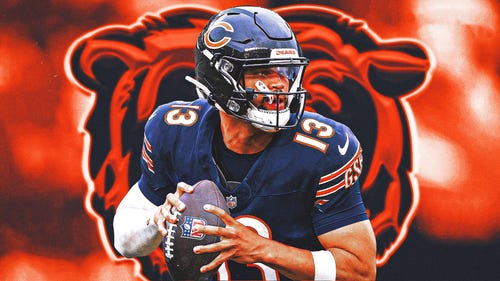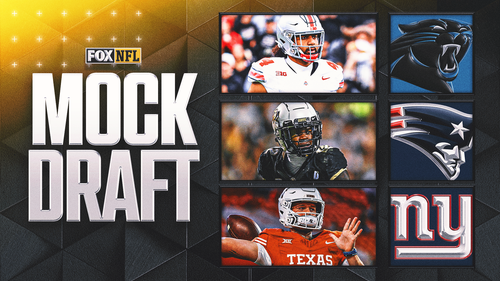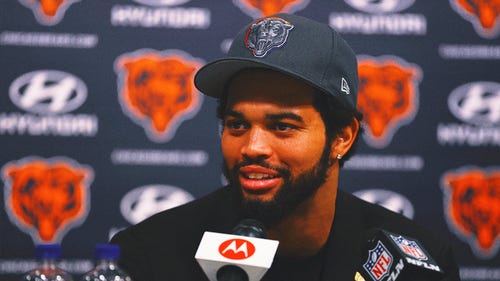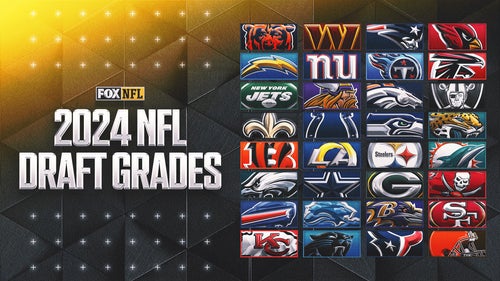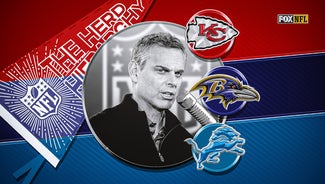
What's to gain exposing Payton's flaws?
Sports heroes are all about illusion. Walter Payton was my hero. He banged heads and kept his feet moving. Guys twice his size rammed into him headfirst and fell down, and Payton’s body reconfigured itself and kept moving. You couldn’t stop him. He was poetry and power and art and blood and guts. While huge linemen fought on the ground at the goal line, Payton would get the ball, see the mass of bodies and . . .
He could fly!
That’s Walter Payton. To me. We all have our Paytons, our childhood idols.
And now, Jeff Pearlman, author and Sports Illustrated writer, has written a book titled "Sweetness: The Enigmatic Life of Walter Payton." It’s not out 'til next week but is already getting a lot of attention. It’s excerpted in SI. And all the promos and early reviews talk about Payton’s infidelities, his addiction to painkillers and his thoughts and threats about suicide.
And my first thought is this: Can’t we just have one hero anymore?
I don’t see what we gain by going through a dead man’s garbage. What is the point of TMZing a guy who died of cancer 12 years ago — and doing it for profit? It’s not that we’ve made a saint out of a sinner and have some need to set the record straight. We all have things in our garbage that we don’t want people to sift through.
I guess this is part of our celebrity culture now.
“One of my first interviews — it was his brother or his agent — I said, ‘Was he one of these guys who has something magical about him?’ ’’ Pearlman said in an interview in SI. “Because it was so overwhelming. The guy is a transcendental human being. I guess my biggest surprise was finding out that he wasn’t.’’
Of course, I know that Payton wasn’t picture-perfect, but he does form a picture in my head and in my heart: In that Chicago Bears uniform, he was one guy standing up to the world, or flying over it. All of our Paytons do that for us. And if we know deep down that those pictures aren’t really 100 percent accurate, and just want to believe anyway, then what’s the danger in that?
But the truth is, I am torn about this book, even torn about whether to read it. The excerpt was interesting, though.
It goes right to my sense of truth. Paint an accurate picture of someone, and that’s good. Maybe real is what we need, and not idyllic sports heroes.
To read, in the excerpt, about Payton’s post-career depression, and his addictions and his aimlessness, well, maybe that helps things.
Football is America’s false dream, anyway, with dads dreaming of their boys going on to superstardom, willing to risk so much. We only recently have talked about the downside, the mental mush so many of these NFL stars turn into from the brain injuries that are part of the game. Too often, this game leaves you a wreck.
You know, on one of the anniversaries of the 1985 Super Bowl Bears, I tracked down nearly half the players on the team, and every one of them, it seemed, walked with a limp, had arthritis, depression, suffering. They were in their 40s.
We’d only seen the highs, the money, the fun. The Super Bowl Shuffle.
So maybe this Payton book sends out an important message of truth. Or maybe it’s just trashing an icon for sport and money. Maybe both. Surely Pearlman knew what would sell.
From the book, we hear that Payton kept tanks of nitrous oxide, laughing gas, in his garage after he retired, and kept gas-filled balloons with him during the day to take “joyous hits when the impulse struck.”
We learn that he used to dodge phone calls from his brother, Eddie. His relationship with Mike Singletary went bad in 1985 after Singletary talked to Payton about why he shouldn’t be cheating on his wife. For years, Payton and his wife, Connie, weren’t even living together when they were married.
When Payton was inducted into the Hall of Fame, a moment Chicagoans remember for his young son Jarrett’s eloquent and touching speech, Payton was a wreck because his wife was sitting so close to his girlfriend.
“The burden of loneliness and his marriage weren’t Payton’s only problems,” Pearlman writes. “As a player he had numbed his maladies with pills and liquids, usually supplied by the Bears. Payton popped Darvon robotically during his playing days — says (Payton’s agent Bud) Holmes, `I’d see him walk out of the locker room with jars of painkillers, and he’d eat them like they were a snack’ — and also lathered his body with dimethyl sulfoxide, a topical analgesic commonly used to treat horses.
“Now that he was retired, the self-medicating only intensified. Payton habitually ingested a cocktail of Tylenol and Vicodin. In a particularly embarrassing episode, in 1988, Payton visited a handful of dental offices, complaining of tooth pain. He received several prescriptions for morphine and hit up a handful of drugstores to have them filled. When one of the pharmacists noticed the activity, he contacted the police, who arrived at Payton’s house . . . ’’
And gave him a warning.
Did that correct and refine a picture in history, or just unnecessarily shovel dirt on a defenseless icon?
Connie Payton issued this release: “The challenges he faced were well-known to those of us who loved and lived with him. He was a great father to Jarrett and Brittney and held a special place in the football world and the Chicago community. Recent disclosures — some true, some untrue — do not change this. I’m saddened that anyone would attempt to profit from these stories, many told by people with little credibility.’’
So this is the conflict. I mean, this hits close for me, as Payton was a hero through my teens and into very early adulthood. Yet my job is to try to hold a mirror up to the sports world and get the image right.
People need to say how dangerous and damaging football can be. Parents should know about football’s toll, even on the best and most-loved players.
The truth can humanize, which is good. But we’re still lacking some context, and I’m not sure yet if this was narrative being corrected or one having dirt shoveled onto it.
We’re talking about the world of illusion here. And we like our Paytons to fly.








































































































































